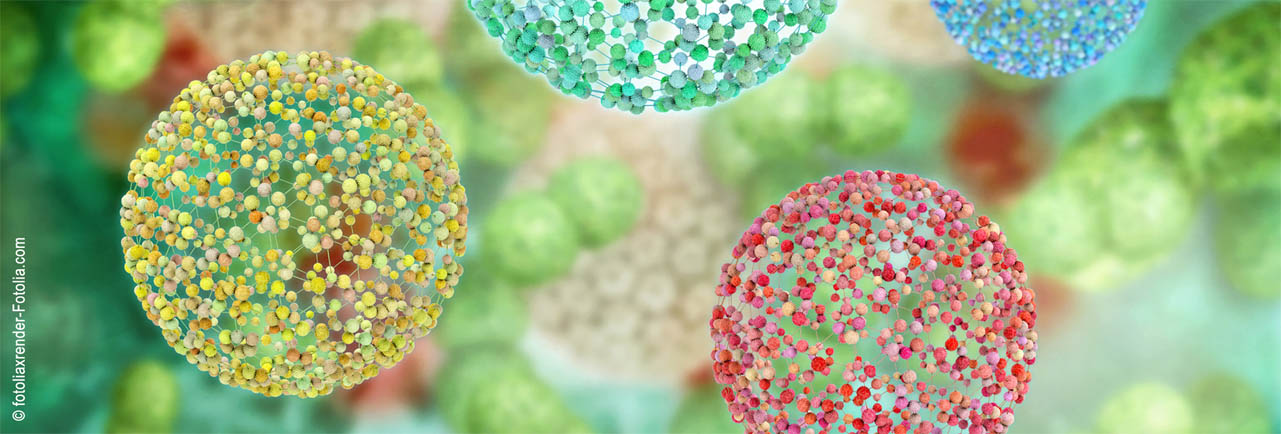Speaker
Description
Plant protein sources provide a potential solution to fulfill the demand for nutritious proteins caused by the ever-increasing world population. In particular, rapeseed is an attractive protein source as it is already produced on a large scale for its oil content. The remaining seed storage proteins after the oil extraction are highly nutritious. However, rapeseed storage proteins are inadequate as foods, due to their poor functional and palatable properties. Today, rapeseed storage proteins are mainly used as animal feed, but could be a potential game changer for the food industry if their properties in foods can be improved.
The SEEDFOOD project is a six-year (2022-2027) collaboration between the University of Copenhagen, Le Mans Université, and the Technical University of Denmark, aiming to investigate the use of rapeseed seed storage proteins (RPs) in foods. One of the activities of the project is a biophysical characterization of the two most prominent seed storage proteins in rapeseed, napin and cruciferin, that together make up around 80% of the proteins in the seed. Our hypothesis is that further understanding of the chemical and physical properties of these proteins, could provide insights to determinants of their performance in the context of food.
The aggregation propensity of recombiant RPs have been characterized through light scattering (SLS, DLS) measurements, and have been found to have a well-defined dependence on concentration and temperature. Molecular dynamics (MD) simulations of the adsorption of RPs to hydrophobic interphases has been applied to model the behaviour of the proteins at oil-water interfaces, and select residues have been identified as key determinants of this interaction. This aims to describe the emulsion properties of RPs as atomistic resolution.

